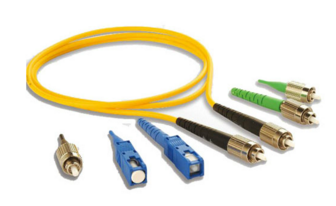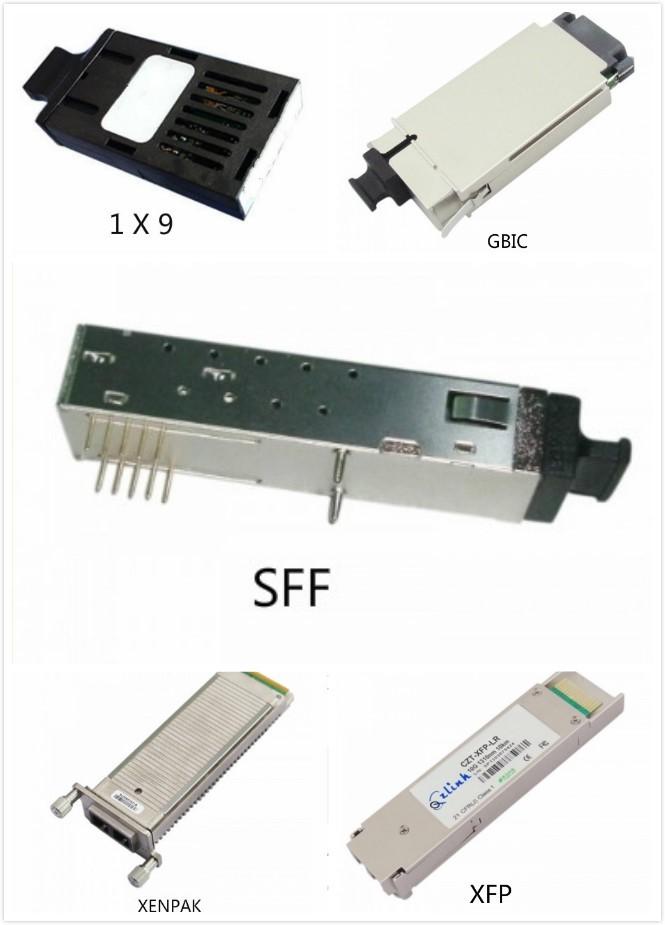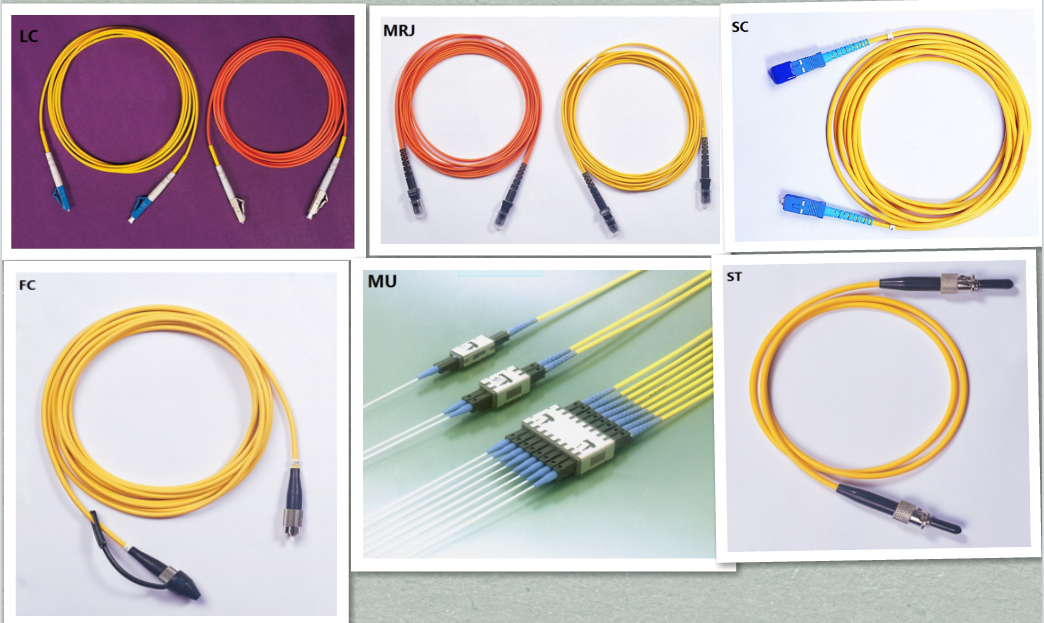- Related articles
- What Does LC Stand for in Fiber?
- Optical Transceivers for Cisco SF500-24-K9-G5 Switch
- How is data transmitted in fiber optic cables?
- Optical Transceivers for Cisco WS-C2960XR-24PD-I Switch
- The difference between DWDM and OTN
- All Cisco GLC-BX40-DA-I's information (List price, Specs, Datasheet PDF, Compatibility mat
- Optical Transceivers for Cisco WS-C2960CG-8TC-L Switch
- All Cisco QSFP-40GE-LR4’s Information (Overview, Features, Datasheet PDF, Price, Specifica
- Optical Transceivers for Cisco WS-C3650-48TS-L Switch
- Optical Transceivers for Cisco SG350-28-K9-UK Switch
Recommend tag

The application guideline of optical modules and fiber connectors
2017-03-30
For having a better understanding of optical modules and fiber connectors, this tutorial will introduce the application guideline of them, and we hope that this article will be helpful for you.

Classification of module
Classified by rate: 100BASE, 1000BASE, 10GE of Ethernet application; 155M, 622M, 2.5G, 10G of SDH application.
Classified by form factor: 1 x 9, SFF, SFP, GBIC, XENPAK, XFP
1 x 9: Welding type optical module, generally the speed is not higher than Gigabit, mainly uses SC interface.
SFF: Welding type small form factor optical module, generally the speed is not higher than Gigabit, mainly uses LC interface.
GBIC: Hot-pluggable Gigabit interface optical module, adopts SC interface.
SFP: Hot-pluggable small form factor optical module, the highest rate can reach 4G, mainly uses LC interface.
XENPAK: Can be used in the 10G Ethernet, mainly uses SC interface.
XFP: 10G optical module, can be used in the 10G Ethernet, mainly uses LC interface.

Classified by Laser type: LED, VCSEL, FPLD, DFBLD
Classified by transmit wavelength: 850nm, 1310nm, 1550nm etc.
Classified by plug type: Non-hot pluggable 1 x 9, SFF, hot pluggable GBIC, SFP, XENPAK, XFP.
Classification of fiber connector
Optical connector is a piece of fiber optic that installed connectors on both ends, it can be used as optical cabling.
Classified by fiber type: single mode fiber connector, generally uses G.642, inner diameter is 9um, outer diameter is 125um; multi-mode fiber connector, one type is G.651, inner diameter is 50um, outer diameter is 125um; the inner diameter of another type is 62.5um, outer diameter is 125um.
Classified by interface of fiber connector: FC, SC, ST, LC, MU, MTRJ etc.
1. FC (ferrule connector): outer strength member is made of metal jacket, fastening by screw buckle which also commonly known as round-headed screw.
2. SC: the shell adopts vacuum infusion molding process (VIMP), which made of molded glass fiber plastic, it is rectangular, and pin made of precision ceramic, coupling sleeve is using the metal seam casing structure, fastening by plug-in, do not need to rotate. And commonly known as square head.
3. LC: the outer diameter of casing is 1.25mm, generally uses FC-SC, it is half of the casing sleeve with the outer diameter of 2.5mm to improve the application density of connector.

4. Fiber connector mainly has optical performance, swap performance, mechanical performance, environment performance and lifespan. And the most important is the insertion loss and return loss of these two indicators.
The main parameters of optical module
1. Transmission rate: 100MB, Gigabit, 10GE etc.
2. Transmitting optical power and receiving sensitivity: transmitting optical power refers to the optical intensity of the transmitter; receiving sensitivity refers to the optical intensity that can be detected, they are the important parameters to affect the transmission distance. The transmission distance of optical module is mainly limited by loss and dispersion.
|
Transmission
rate |
Transmitting
waveband |
Transmission
fiber |
Reference
transmission distance |
|
100MB |
1310nm |
Multi-mode |
2km |
|
100MB |
1310nm |
Single-mode |
15km |
|
100MB |
1310nm |
Single-mode |
40km |
|
100MB |
1550nm |
Single-mode |
80km |
|
Gigabit |
850nm |
Multi-mode |
550m |
|
Gigabit |
1310nm |
Single-mode
/ Multi-mode |
10km
/ 550m |
|
Gigabit |
1550nm |
Single-mode |
70km |
10GE optical module follows 802.3ae standard, the transmission distance is related to the fiber types, optical performance.
Value of saturation optical power refers to the max optical power can be detected at receiving end, generally the value is -3dBm. However, the error will be generated when the received optical power is greater than the saturation’s.

TECHNICAL SUPPORT
Get solutions or consultation from the technical team.




















































